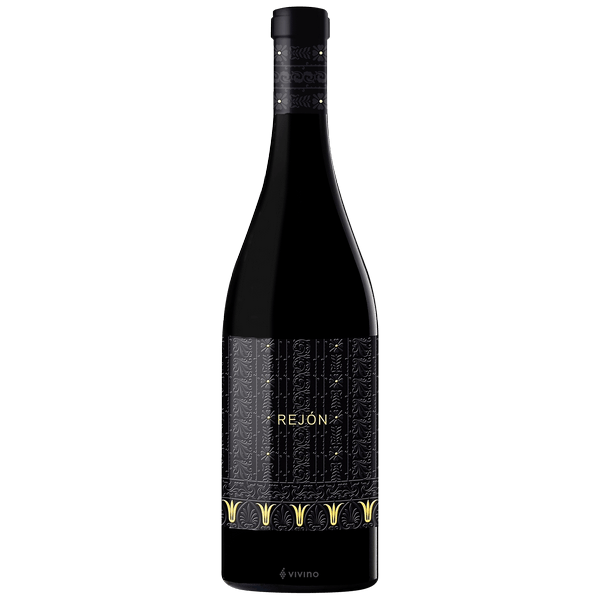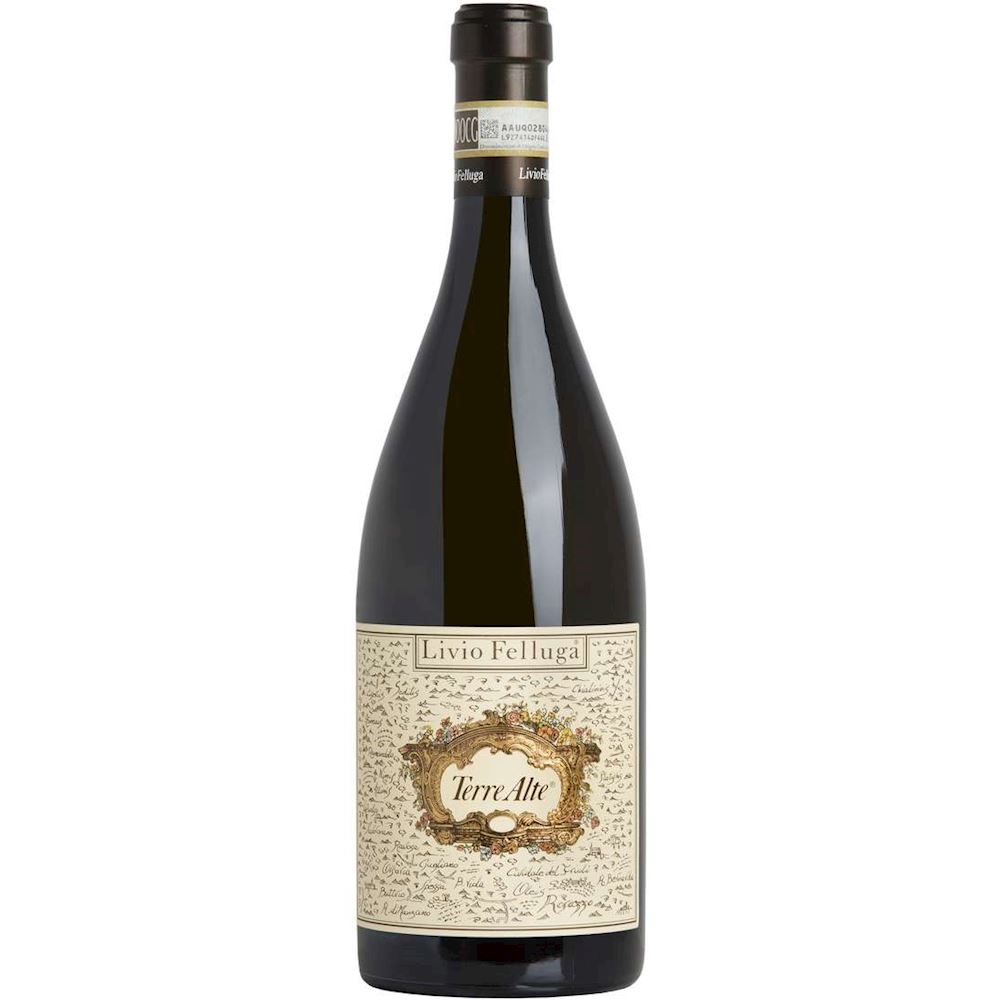2015 Tridente Rejon
2015 Tridente Rejon Weighty, dark berry flavors are complemented by smoky minerals in this 2015 wine. A rich, smooth tannin, leaving behind sweet berries and refreshing mineral notes. Sourced entirely from the Rejón vineyard, planted in 1889, vines are over 130 years old, producing extremely low yields. The resulting wine is opaque with vibrant aromas of blackberry, violet, star anise and cracked pepper.
Tridente
The facilities of Bodegas Tridente are placed in Villanueva de Campean, 30km south from Zamora, in the center of the so-called Land of The Wine. The winery, small sized, was designed for small productivity of red grapes, especially those of Tinta de Toro variety, indigenous of the land and with a tradition in the region. They are also produced the Prieto Picudo and Mencía varieties of grapes, coming from old vineyards with a low productivity, from Bierzo and León regions. The Gil Family is accompanied by Enrique Busto in this project and the technical direction is managed by Frank Gonzales, Australian enologist with a Spanish origin.
Red wine
Red wine has been prevalent since prehistory (the period before written records) as winemaking originated and spread throughout the world. In this case, “red blend” refers to any red wine that contains more than one red grape variety in the final product, though certain red blends can have their own designation as varietal wines despite comprising multiple grapes.
For much of the history of European wine, red blends were in fact more common than single varietals, as winemaking was typically region-centric and featured grapes consolidated from vineyards across a given area. One famous example of this practice is the Bordeaux blend, which originated in the 18th or 19th century and usually comprises Cabernet Sauvignon, Merlot and Cabernet Franc.
Though prominent red blends such as Bordeaux still remain popular, many red blends have been associated with lower quality due to the assumption that the term indicates cheaper table wines. However, many high-quality wine producers still elect to produce red blends, and these wines can in fact offer many unique and delicious flavors due to the winery’s ability to custom design the profile of their product.
Red blends are prepared from a variety of red grapes, usually crushed and fermented individually before any blending takes place. Finding the right blend often requires blending trials, where the winemaker tastes the wine and offers suggestions for how to modify the blend. This process is more common with new world blends, whereas traditional blends such as Bordeaux or Chianti can simply be produced following age-old practices. Aging potential varies, though many high-quality red blends can be aged in oak or bottle. Flavors also vary, though in general most red blends will have notes of red or black fruit.
Related products
2020 Domaine des Lambrays Clos des Lambrays Grand Cru 2020 Domaine des Lambrays Clos des Lambrays Grand Cru, A fresh red, with black currant and black cherry flavors shaded by floral, iron, earth and spice elements. Fluid and on the elegant side, with a solid underlying framework of tannins. Turns a bit leaner on the [...]
95 Jeb Dunnuck | 93 James Suckling | 95 Robert Parker's




